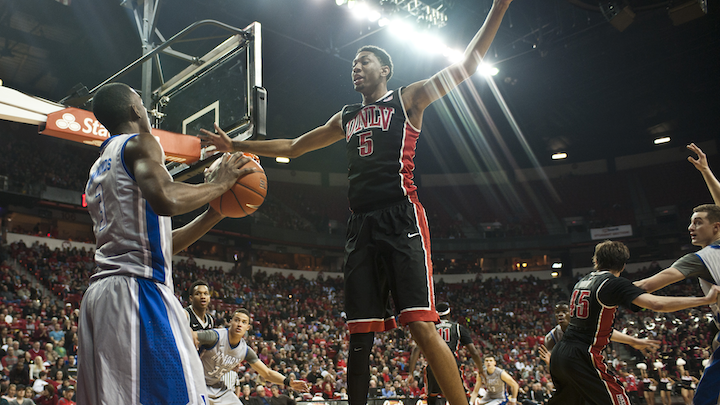
Over the last two weeks, I’ve been wrestling with the idea of what makes a player good at inbounding the basketball. What are the essential attributes of a good inbound passer?
Beyond that, if having the ability to inbound the ball is so important, how are we as coaches developing this competency in players?
Last, if our hunch is that having a good inbounder is of value, how many instances (ie. sideline vs baseline) occur in your coaching context?
The latter might seem strange to ask, but allow me a little leeway…
I’m always evaluating the merits of spending time on one skill versus another. I once heard Yoda Master MacKay call it: What’s your R.O.T.I (ie. return on training investment)?
Before I invest time in X, how often does X occur in the game? And, of those instances, what’s the impact on the outcome of the game?
The fight I constantly fight in thought looks like this:
💭 — If I devote time to the skill of inbounding, what will I then not be spending time on? Or, said differently, before I spend time on inbounding, how often do inbounds situations occur?
💭 — Is this a skill that needs to be developed in all players (at our level)? Or, just one or some? If not all, then who and why?
Let’s assume for a second that we all agree that having a good passer from out of bounds could be the difference between winning or losing. With that, I’ll ask again:
💭 — What are the characteristics of a good inbounds passer in basketball?
💭 — Does the skill of inbounds passing vary from sideline to baseline? Frontcourt to backcourt?
Here’s what I’ve come up with so far. A good inbounder:
- Remains calm in the moment. Not easily sped up by the moment.
- Anticipates rather than reacts. Decisions are not predetermined. They read the defense and understand the situation and tendencies for how a team may defend their team.
- Passes with precision. Can deliver the ball from multiple angles (of deployment). And, depending on frontcourt vs backcourt, can pass with precision, speed and strength at a distance (eg. can pass 3/4 the length of the court, can throw a lob at the rim, etc).
- Can hold a “clock” in their head (to avoid 5-second violation).
- Is willing to take risks. There’s a time to take a risk and there’s a time not to do so. Either way, a passer to tends to only make the safe entry pass will miss out on exploiting the small advantages that can lead to quick scores.
What am I missing?
Is your inbounder a position or a person?
Yoda takes a bit further:
“Inbounding is not an equal opportunity skill. Put the best person as the inbounder
not the one who is playing a certain position. It may not be the same person in front and backcourt.”
P.S…
Context is king when wrestling with whether, and how much, you spend time on inbounding. In the WNBA and NBA, there are a lot less – as well as different – out of bounds situations than in the NCAA, high school, or lower levels. That because of the rules.
For instance, when I asked our analytics guy, Daniel-son, about the number of instances, his answer surprised me: In the frontcourt, in the WNBA, on average there is approximately three (3) baseline out of bounds situations per game and about 8-10 side out situations. When I asked our NBA counterpart, the ratio held up. (Seems so low to me—still! 😳)
Why? The rules are different. Common fouls and most violations are administered along the sideline rather than the baseline. Leading to fewer BLOBs and more SLOBs. Additionally, held ball situations result in jump ball scenarios rather than out-of-bounds.
Then, out of curiosity, we looked at the trend in Synergy for the NCAA. Based on how Synergy tracks it, the ratio in college was significantly higher than in the pros. Again, rules make the biggest difference. There are more instances of baseline entry (in the front) court in college than the pros.
And, my gut, which could be wrong, tells me that, at lower levels, there are probably more instances of out-of-bounds situations because there are more held balls and violations.
I’d also argue that the value of backcourt inbounding is greater at lower levels of play. In the pros, you can advance the ball with a timeout; and, at lower levels, you see a lot more full-court presses.
P.P.S…
Not all out-of-bounds situations are the same. This may seem redundant. I felt like it wasn’t. Here’s why… In trying to quantify the value of a great inbound passer, I started to differentiate between situations where ‘scoring passes’ were viable (opportunism + risk) and/or required (play call) versus situations where the situation or play call was to just get it in so the team could flow into another play or action.
If your team doesn’t go for home run passes, then it may not be as worth your time.